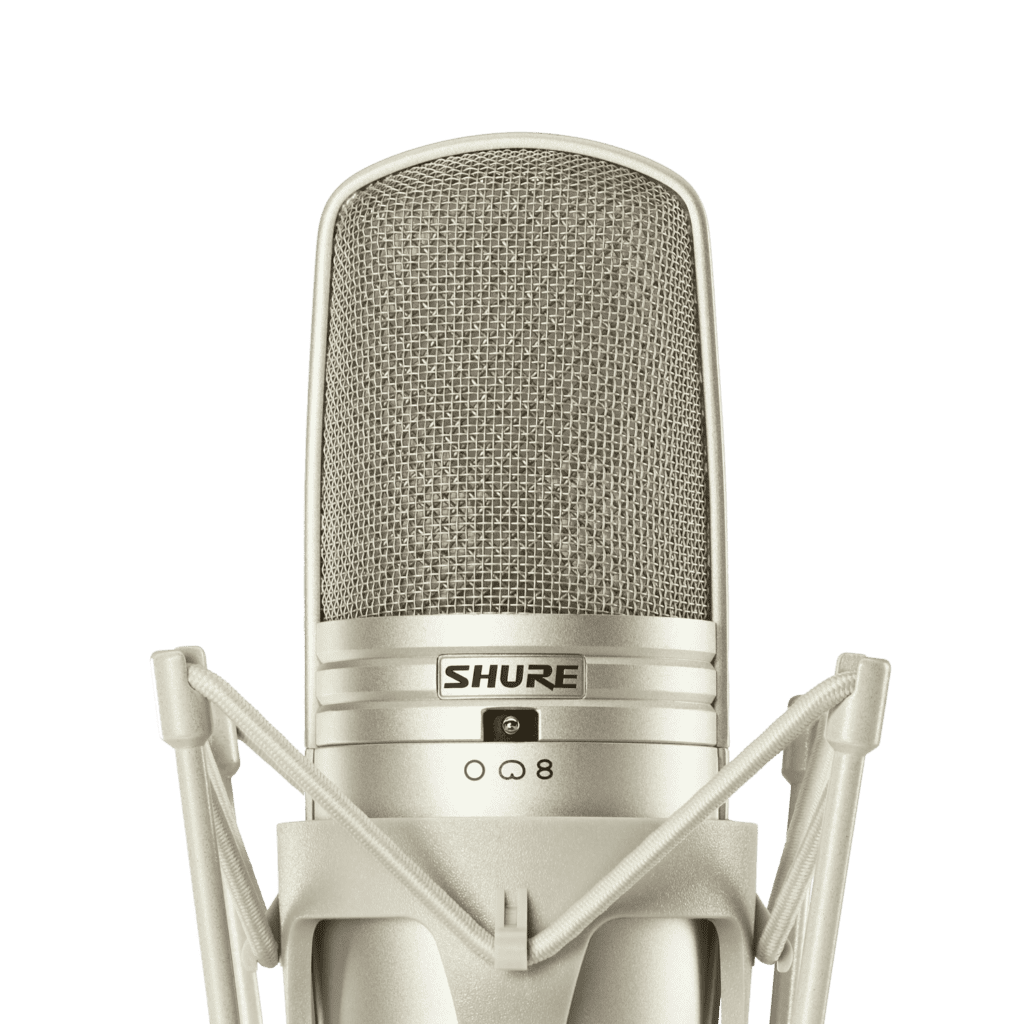“Microfono” is the Italian and Spanish word for “microphone”. The term was coined in the late 19th century by the inventor David Edward Hughes. He combined the Greek words “micros” (meaning small) and “phone” (meaning sound). This best described his invention that converts sound waves into electrical signals. The microphone has since become an essential tool in various fields, including music, broadcasting, telecommunications, and recording.
Microfono – Inventor David Edward Hughes
David Edward Hughes was a British-American inventor and musician who lived from 1831 to 1900. He is known for his contributions to the development of the ‘microfono’ and the printing telegraph. Hughes also discovered the phenomenon of electrical oscillations, which laid the foundation for the development of radio communication. In addition to his scientific work, Hughes was a skilled musician who invented the “singing arc,”. This was a device that produced musical tones through an electric arc.
The Singing Arc is a musical instrument created by David Hughes in 2007. It consists of a pair of carbon rods that create an electric arc. This produces a singing sound when modulated by a control voltage. The Singing Arc has been used in various musical performances and has gained popularity among experimental musicians and sound artists.
Microfono – What Are Microphones?
Microphones are devices that convert sound waves into electrical signals. There are several types of microphones, including dynamic, condenser, ribbon, and USB.
Dynamic Microphones
Dynamic microphones are a type of ‘microfono’ that uses a diaphragm attached to a coil of wire. This converts sound waves into an electrical signal. They are durable, rugged, and can handle high sound pressure levels. This makes them ideal for live performances and recording loud sources like drums and guitar amplifiers. Dynamic microphones do not require external power. They are less sensitive to background noise and feedback than other types of microphones. They also have a relatively flat frequency response, which means they can capture a wide range of frequencies accurately. However, they may not be as sensitive or detailed as condenser microphones, especially when it comes to capturing subtle nuances and high frequencies. Overall, dynamic microphones are a versatile and reliable choice for many recording and live sound applications.
Condenser Microphones
Condenser microphones are a type of ‘microfono’ that uses a capacitor to convert sound waves into an electrical signal. They are known for their high sensitivity and ability to capture a wide frequency range with a flat response. Condenser microphones require a power source, either through an external battery or phantom power from an audio interface or mixer. They are commonly used in recording studios for capturing vocals, acoustic instruments, and room ambience. However, they are also more delicate and expensive than dynamic microphones, making them less suitable for live performances or outdoor recording.
Ribbon Microphones
Ribbon microphones are a type of dynamic microphone that use a thin strip of metal (usually aluminum) suspended between two poles of a magnet to generate an electrical signal. This metal strip, or ribbon, is very delicate and can be easily damaged, so ribbon microphones require careful handling and storage.
Ribbon microphones are known for their warm, natural sound and ability to capture fine details and nuances in sound. They are often used in recording studios for vocals, acoustic instruments, and drum overheads. However, they are also more fragile and sensitive to loud sounds than other types of microphones, so they may not be suitable for all recording situations.
Ribbon microphones have a figure-eight polar pattern, which means they pick up sound equally from the front and back of the ‘microfono’, but reject sound from the sides. This can be useful for recording in a room with reflective surfaces or for isolating a specific instrument or voice in a live performance.Overall, ribbon microphones are a specialized tool that can provide a unique and desirable sound for certain recording applications, but they require careful handling and may not be suitable for all situations.
USB Microphones
When we speak about USB microphones, these are a type of condenser microphone. USB microphones are audio recording devices that connect to a computer or other digital device via a USB port. They are popular among content creators, podcasters, musicians, and gamers for their convenience and ease of use. USB microphones typically have built-in preamps and analog-to-digital converters, allowing them to capture high-quality audio without the need for additional equipment. They also often come with features like headphone monitoring, mute buttons, and gain controls. Some popular USB microphone brands include Blue, Audio-Technica, and Rode.
Summary – Microfono
As you can see, Different types of microphones are essential for different types of performances because each type of microphone is designed to capture sound in a specific way. Therefore, choosing the right type of ‘microfono’ for a particular performance ensures that the sound is captured accurately and with minimal interference or distortion. The invention of microphones revolutionized the music industry by allowing performers to amplify their voices and instruments, leading to the development of new genres and styles of music, as well as the ability to record and reproduce music with greater fidelity. It also allowed for the creation of new performance spaces, such as large concert halls and outdoor arenas, and enabled the use of new techniques such as multi-track recording and sound manipulation.








